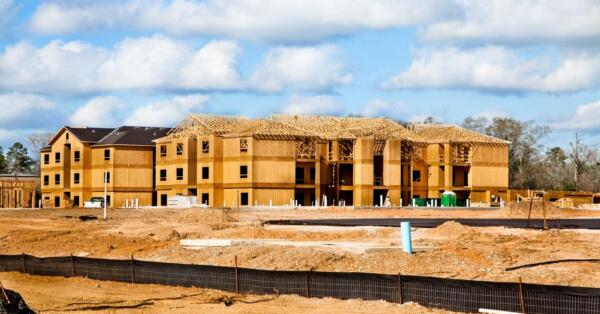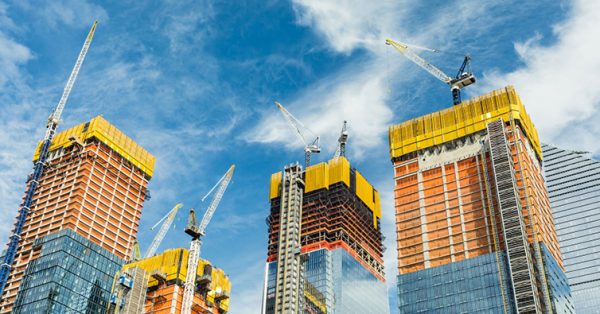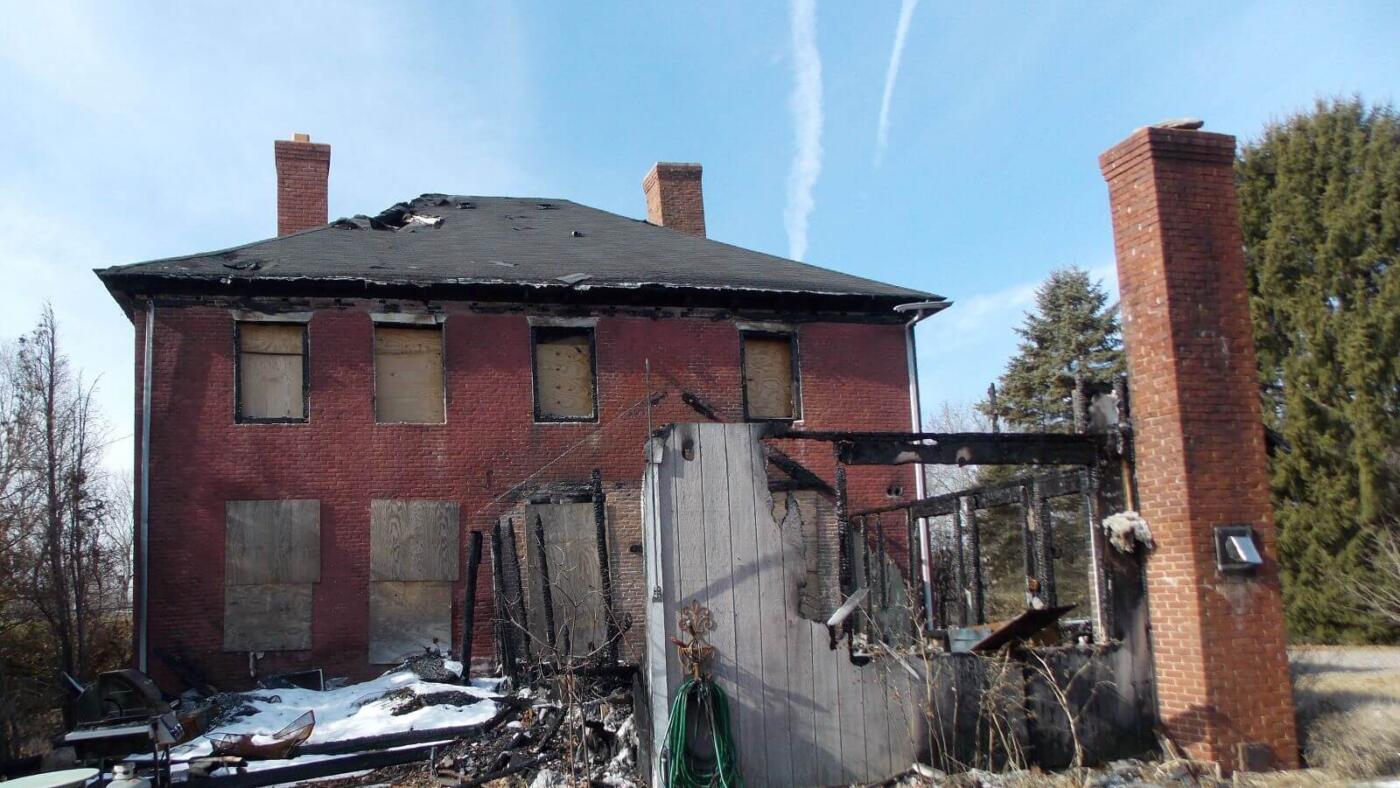Homeowners that suffer a covered loss to their home from causes such as fire, wind damage, vehicle impact, and many others, must navigate the complicated and time-consuming process of repairing the damage to their home. Depending on the severity of damage to the home, a homeowner can spend years restoring their property to a pre-loss condition. The process can include all of the following: insurance evaluations, engineering evaluations, contractor estimating, engineering design, architectural design, permitting, construction, inspections, and contractor change orders.
Building Code Requirements for Upgrades
One additional step that can appear late in a repair project is the evaluation and implementation of code-required upgrades. In our experience, insurance policies typically only reimburse code upgrades after the work is done. This retroactive insurance evaluation and payment can lead to disputes regarding timing of notice, the conditions that existed prior to the repairs, and what building code upgrades were required. VERTEX often assists our insurance clients in answering these questions.
International Residential Code (IRC)
The most important factor influencing code upgrades is determining the applicable building code adopted by the local jurisdiction. The International Residential Code (IRC) governs home construction and repairs in most jurisdictions in the United States. [1] Therefore, we will focus on the requirements of the IRC, which are applicable for one- and two-family dwellings that are not more than three stories above grade. [2]
IRC Thresholds
Several thresholds exist within the IRC (and one oft-cited threshold outside of the IRC) that determine whether certain building code upgrades will be required:
- Substantial Structural Damage
- Substantial Damage
- Repair, Renovation, or Alteration
- Dangerous Conditions
1. Substantial Structural Damage
The term Substantial Structural Damage appears in the International Existing Building Code (IEBC) and does not appear in the IRC. [3] This passage requires evaluation of structural damage to determine percentages of structural capacity of a story, the percentage of tributary areas compared to total area, and/or percentage capacities of roof components compared to the total pre-loss capacity. The complicated calculations and reasoning can obscure the fact that houses often do not require IEBC evaluation. VERTEX has seen Substantial Structural Damage incorrectly cited by engineers, architects, and contractors when submitting claims for structural code upgrades in homes that are governed by the IRC. While the option always exists to implement additional work, the work would not be classified as a code-required upgrade. [4]
2. Substantial Damage
The Substantial Damage classification only applies to homes located in a flood hazard area. [5] The purpose of this section is to require flood-resilient construction when work at the property exceeds 50% of the market value of the home. Like the previous section, VERTEX often sees Substantial Damage incorrectly cited for properties not located in flood zones.
3. Repair, Renovation, or Alteration
The determination of whether work is classified as a Repair, Renovation, or Alteration affects which portions of the home are required to meet the building code standards for new construction. [6] When Appendix J in the IRC is adopted by the governing jurisdiction, the classification of work as a repair or renovation requires minimal targeted upgrades such as smoke detectors, fireproofing wood-paneled walls, and installing parapet anchors at unreinforced masonry buildings. [7] If a homeowner opts to change room layouts, eliminate or add windows or doors, or add other elements to the house, then the work will be classified as an alteration and many more building code requirements are triggered such as minimum ceiling heights, numbers of outlets, and minimum electrical service amperage. [8] Work undertaken to address a covered loss and restore a home to pre-loss condition would not become an alteration without the inclusion of elective work undertaken by the homeowner, and therefore these upgrades would not be covered in a building code upgrade claim.
4. Dangerous Conditions
When IRC Appendix J is specifically adopted, dangerous is defined as:
Where the stresses in any member; the condition of the building, or any of its components or elements or attachments; or other condition that results in an overload exceeding 150 percent of the stress allowed for the member of material in this code. [9]
The code allows the legal occupancy of existing buildings to “continue without change” unless changes are “deemed necessary by the building official for the general safety and welfare of the occupants and the public.” [10] The building official retains the ultimate authority to deem a structure or system unsafe, but the 150% overstress threshold provides a useful guide for determining if portions of existing structures are dangerous. It should be noted that application of this threshold can be complicated in the case of antiquated building materials and/or load paths, and therefore testing of materials or carefully considered assumptions should be used in engineering evaluations.
How Can VERTEX Help?
VERTEX’s Forensic Division can provide our clients with code upgrade analysis from evaluation of the building codes applicable in the local jurisdiction and review of contractor estimates to full cost estimating for anticipated code upgrades. Whether we are involved from the beginning, during the damage assessment/cause and origin investigation, or brought in for document review after a project has been completed, VERTEX’s experienced engineers, architects, and construction professionals can help.
To learn more about VERTEX’s Forensic Engineering and Construction Consulting services or to speak with an Expert, call 888.298.5162 or submit an inquiry.






